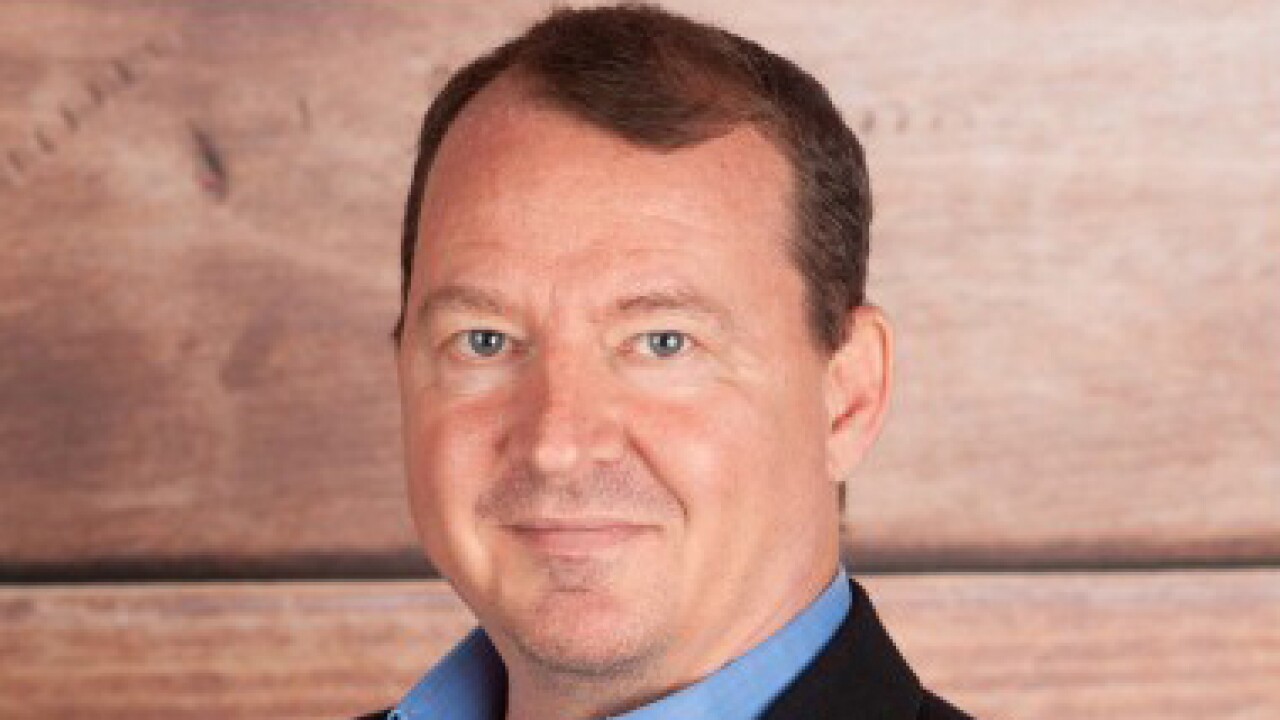Amid the success of surcharge-free ATM alliances in New England and the Midwest, KeyCorp of Cleveland is quietly marketing its own automated teller machine network to community banks and credit unions.
The $84 billion-asset company announced the newest member of its so-called agent bank program $970 million-asset First Federal Savings and Loan Association of Lakewood, Ohio on Nov. 13. Membership enables the client institutions to offer their customers free access to all of KeyCorps 2,400 ATMs in 18 states.
The agreement is the eighth of its kind that KeyCorp has struck with a bank, thrift, or credit union since mid-2000. Brian Sismore, its national sales manager, said three more deals are in the pipeline, including one that would by leaps and bounds be the largest.
The institutions pay a fee through KeyCorps electronic services subsidiary for the right to let their customers use the ATMs for free. That helps them retain those who might otherwise defect to banks with large ATM networks or, in some states, community banks that belong to surcharge-free networks.
KeyCorp is counting on the pacts to generate fee income and, not insignificantly, good will.
The partner banks have a set of people they tend to serve, Mr. Sismore said, and weve realized we wont get their customers and they will not get ours. But we have these 2,400 ATM machines, and what better way to drive up the use of these ATMs while providing convenience to the their customers?
Annie Early, a research director in Durham, N.C., in the financial services department of the Gartner Inc. consulting firm, said KeyCorp is the largest banking company to share its ATMs with community banks. In the Northeast, about 450 banks, including $32 billion-asset Citizens Financial Group in Providence, R.I., have formed the no-fee SUM network of 2,700 machines. The Shazam network of Johnston, Iowa, formed the Privileged Status consortium, a no-surcharge alliance, in the fall of 1996. It now has 512 financial institution members and over 1,300 ATMs.
This is a concept that has been picked up by credit unions and community banks, but Key is far from a community bank and has hundreds of more ATMs to offer, Ms. Early said.
ATM National LLC, a new company backed by Diebold Inc. and Electronic Data Systems Inc., is trying to pull together the superregional banks to form a national surcharge-free ATM network, but so far no banks have committed.
Terry Tracy, First Federals president, said he saw partnership with KeyCorp as the best way to provide convenient and cost-effective ATM access to its customers. First Federal has only eight ATMs.Though the service is billed as free ATM access, First Federal and several of the other seven institutions still charge their customers a minimal fee much less than KeyCorps typical $2 to use its teller machines. All eight have access to every one of KeyCorps ATMs, in states stretching from Alaska to Maine, but not to each others.
Key Electronic Services created the agent bank program in response to an inquiry a little more than a year ago from Cleveland-based Third Federal Savings and Loan. Monica Martines, the spokeswoman for $6.7 billion-asset Third Federal, said it was starting to issue debit cards to its customers but had no ATMs for them to use.
Now KeyCorp is also doing Third Federals debit card processing, and the thrifts customers have access to all of KeyCorps ATMs for free for the first three transactions a month and $1 after that.
This enabled us to offer ATMs and ATM convenience to our customers without getting into the expense of setting up our own network and our own hardware, Ms. Martines said. We also like the fact Key has a wide reach of ATMs and offices.
Now KeyCorp is actively recruiting for the program. Daniel J. Neistadt, the executive vice president of Key Electronic Services, said that over the next couple of years it will be looking to raise the number of partner institutions to 40, each preferably with less than $2 billion of assets.
It worked, Mr. Neistadt said, referring to the Third Federal arrangement. So we actually are now building a business around it.
Besides ATM access, KeyCorp offers debit card processing and ATM maintenance to the program participants and will soon provide deposit sharing, which will let their customers make deposits at any KeyCorp ATM.
Mr. Neistadt said KeyCorps motivation for starting this business was to increase noninterest income, not compete against the burgeoning surcharge-free networks.
While the end result is the same for the client, I think we are in it for different reasons, he said. The community bank alliances are in it to expand services, and we see it as a money-making venture.
Neither he nor his customers would say how much KeyCorp charges them. But the other noninterest income line on its balance sheet, which includes gains from these ATM partnerships, rose 26.8%, to $104 million, in the 12 months that ended Sept. 30. Ms. Early said providing ATM access polishes KeyCorps image. This keeps customers coming back and makes Key look like a friend to the community, she said. 





